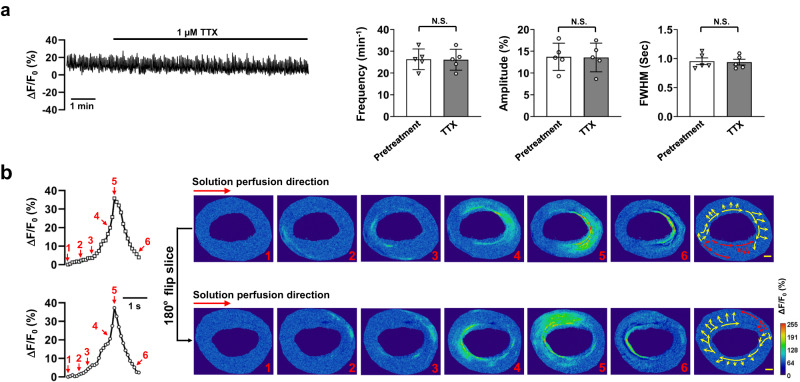Fig. 3. Pacemaking in the IAS is independent of nerve and paracrine/autocrine signals.
a Tetrodotoxin (TTX) had no effect on Ca2+ waves in IAS slices. The trace displays a representative recording of the effect of 1 µM TTX on Ca2+ waves in the presence of 1.3 mM extracellular Ca2+. Summarized effects on Ca2+ wave frequency, amplitude, and FWHM are presented in the bar charts (n = 5). N.S., no statistical significance as determined by paired two-tailed Student’s t test. b The orientation of perfusion flow did not affect Ca2+ waves and their propagation. Illustrated are a Ca2+ wave’s time course, represented by lines with open squares or circles, the spatiotemporal evolution, as shown in images 1–6, and its main propagation paths, depicted in the image without a number. The upper row demonstrates these aspects before a 180° horizontal rotation of the recording chamber, and the lower row displays them after the rotation (n = 6). Scale bar = 200 μm.

